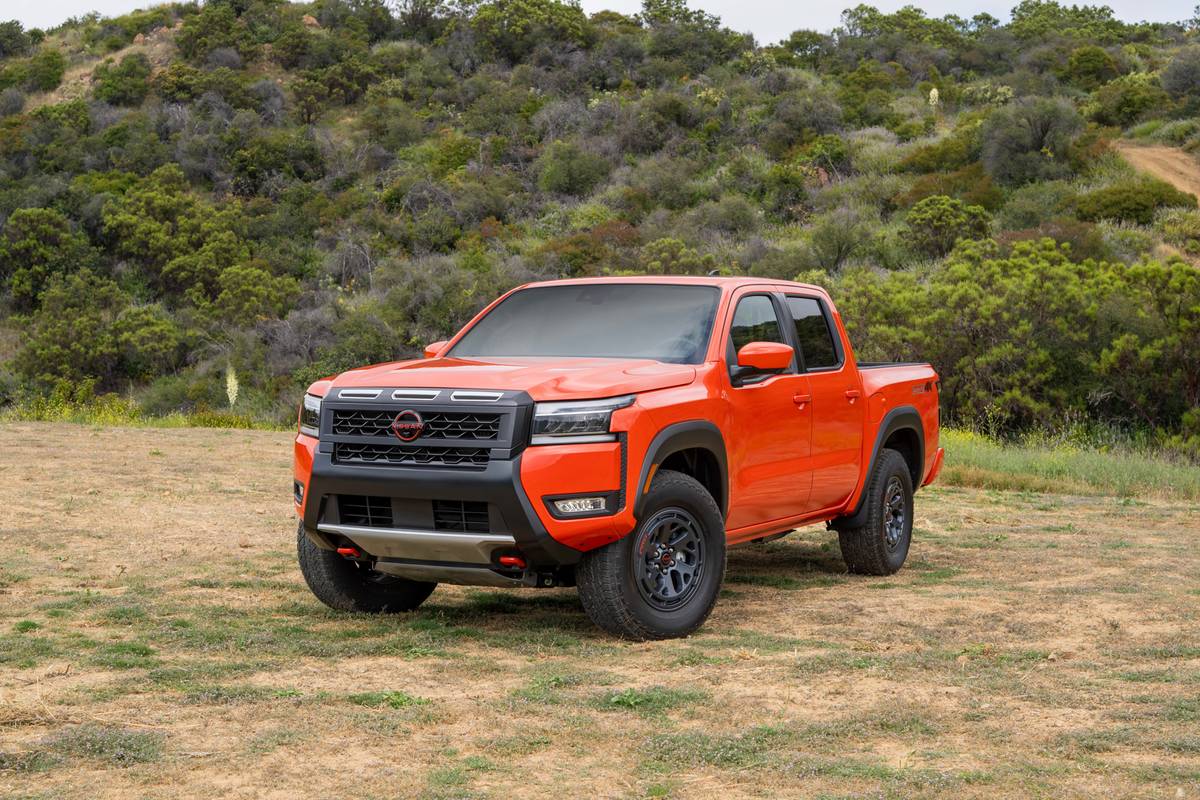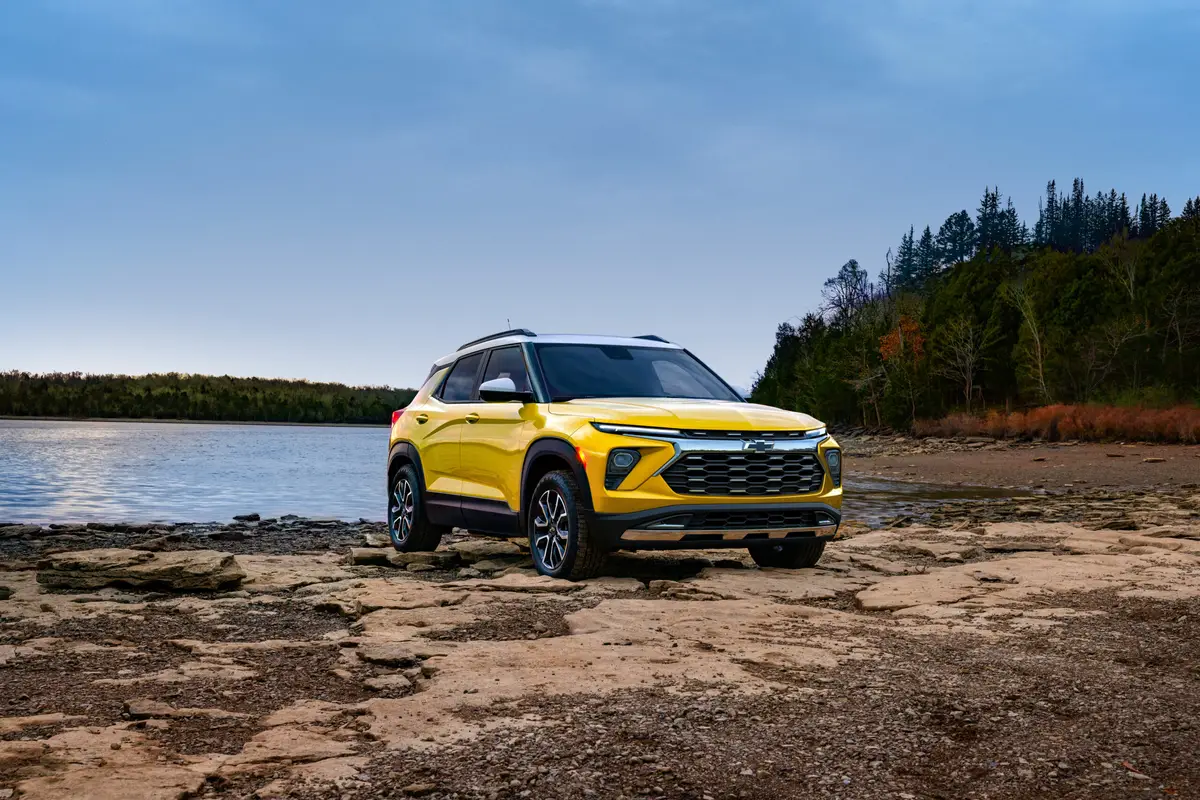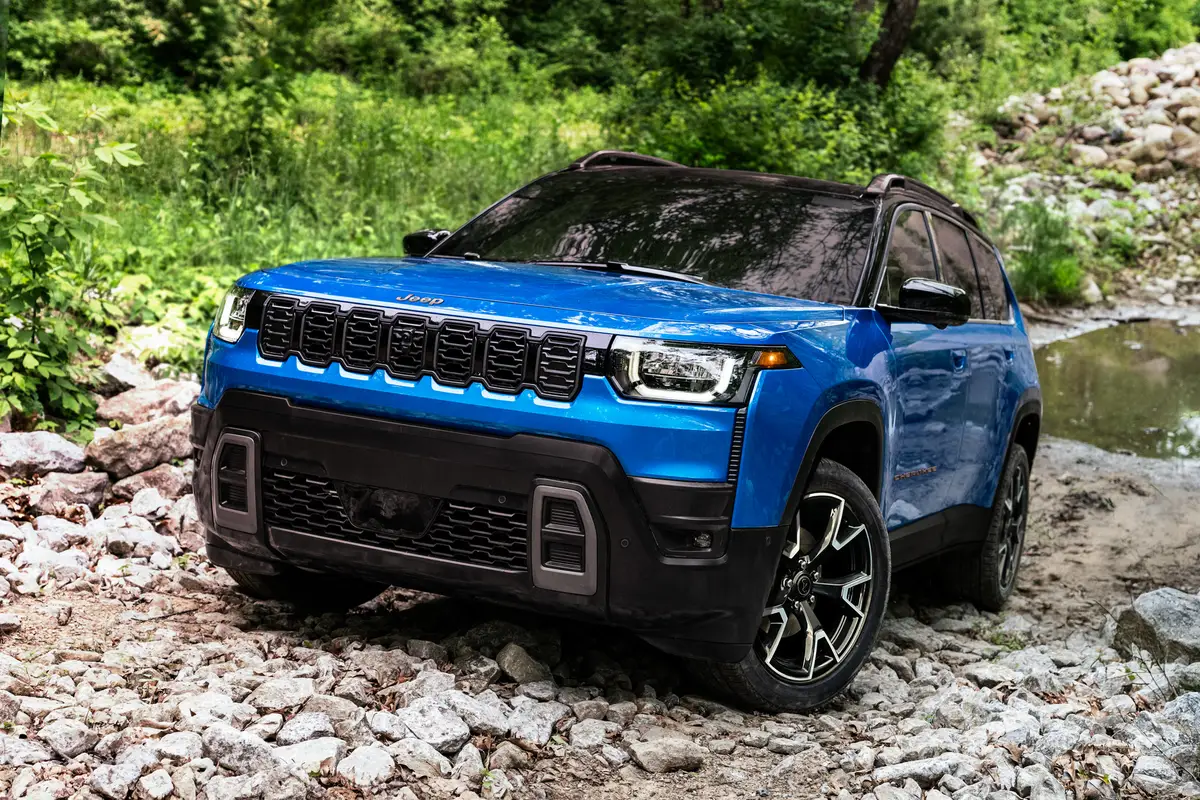chicagotribune.com's view
The Subaru Forester isn’t the most fuel efficient machine out there. Not the fastest, either. Nor the roomiest, quietest or most stylish.
But it is a user friendly compact workhorse for young couples or small families.
In profile, Forester looks like a station wagon with large side windows. But to avoid the wagon stigma, Subaru wisely calls Forester a crossover, the hottest thing on wheels at the moment. Can’t blame Subaru for that.
Subaru, we should note, helped create the crossover market with full-time all-wheel-drive available in all cars in 1987. By 1997, it became the first automaker to make it standard across the board.
Add to the security of AWD, a car smaller, lighter, better riding, easier handling than an SUV and Subaru’s found its niche.
The 2009 Forester in showrooms now sports a major makeover. In addition to fresher styling-it still looks like a wagon-dimensions increased. Wheelbase grew by 4 inches to improve road stance; length by 3 inches for more leg and cargo room; width by 2 inches in recognition that many U.S. buyers have buns of butter, not steel; and height by 3 inches to keep melons a safe distance from roof tops.
Forester is available in 2.5X, 2.5XT or 2.5 XT Limited versions. The 2.5 refers to the 2.5-liter, 170-horsepower, normally aspirated 4-cylinder engine. The T is for turbo and the 224 horses it employs to gallop from the stoplight.
We tested the 2.5X L.L. Bean edition, which is being dropped next month when the relationship between the automaker and outdoor retailer ends. Along with the Bean name will go the embroidered floor mats and embossed cargo tray. The L.L. Bean Forester becomes a 2.5X Limited in July, the Outbacks 2.5 or 3.0 Limiteds.
The horsepower rating on the 2.5-liter 4 is down slightly from 173 for 2008, but the engine was tweaked for more low-end torque and a quicker shot of energy when stepping on the pedal.
Didn’t feel that early burst of adrenalin in the Forester we tested, rather a heavy dose of 4-cylinder growl and some hesitation between kicking the pedal and engine response. The delayed reaction is similar to the lag waiting for the turbo boost to kick in. Maybe that’s the price for gaining length, width and height-and more than 200 pounds.
The downside to offering only a turbo for a more energetic launch is that it needs premium lead-free, without which it tends to run too hot-but with which your wallet tends to run too empty.
Fuel economy is rated at 20 m.p.g. city/26 m.p.g. highway without the turbo and 19/24 with.
Despite the weight, ride was smooth without jostling and handling good without excessive lean. Good road manners. The full-time AWD is complemented by stability control for grab and grip in all weather. It measures acceleration, deceleration and traction to transfer power to to the wheels that are slipping.
The dimension changes are best appreciated in the cabin with its added front and rear seat leg and head room. Perforated leather seat backs and bottoms help hold you comfortably in place. In back, dual cupholders with a sandwich tray fold out from the middle seat cushion.
The three granddaughters sat in back without tangling arms and legs, but if your kids are still little enough to mandate safety or booster seats, three would be a squeeze.
The cargo hold is roomy and the flat floor lifts to expose several cubby holes. There also are a variety of clips to secure groceries or gear as well as a power plug in the wall. The seat backs fold to expand space, and the tailgate opens wide for easy loading, unloading.
Upfront, there’s another power plug in the instrument stack below the dash; a couple of square cupholders in the center console; and a power plug and auxiliary outlet under the center armrest. The test car also had a couple plastic pouches in the center armrest to hold cell phones or tissue. When pouches are removed, there’s room for a purse or laptop.
The L.L. Bean version soon to become the 2.5X Limited starts at $25,995 and includes automatic climate control, AM/FM stereo with six-disc CD changer, 10-way power driver’s seat, fog lights, heat front seats/outside mirrors and 4-speed automatic transmission.
It would be nice if the next upgrade had a little less growl and a little more power without need for a turbo that has a thirst for the high-priced stuff. Shedding a few pounds would help, too.
Read Jim Mateja Sunday in Transportation. Contact him at transportation@tribune.com.
Latest news



